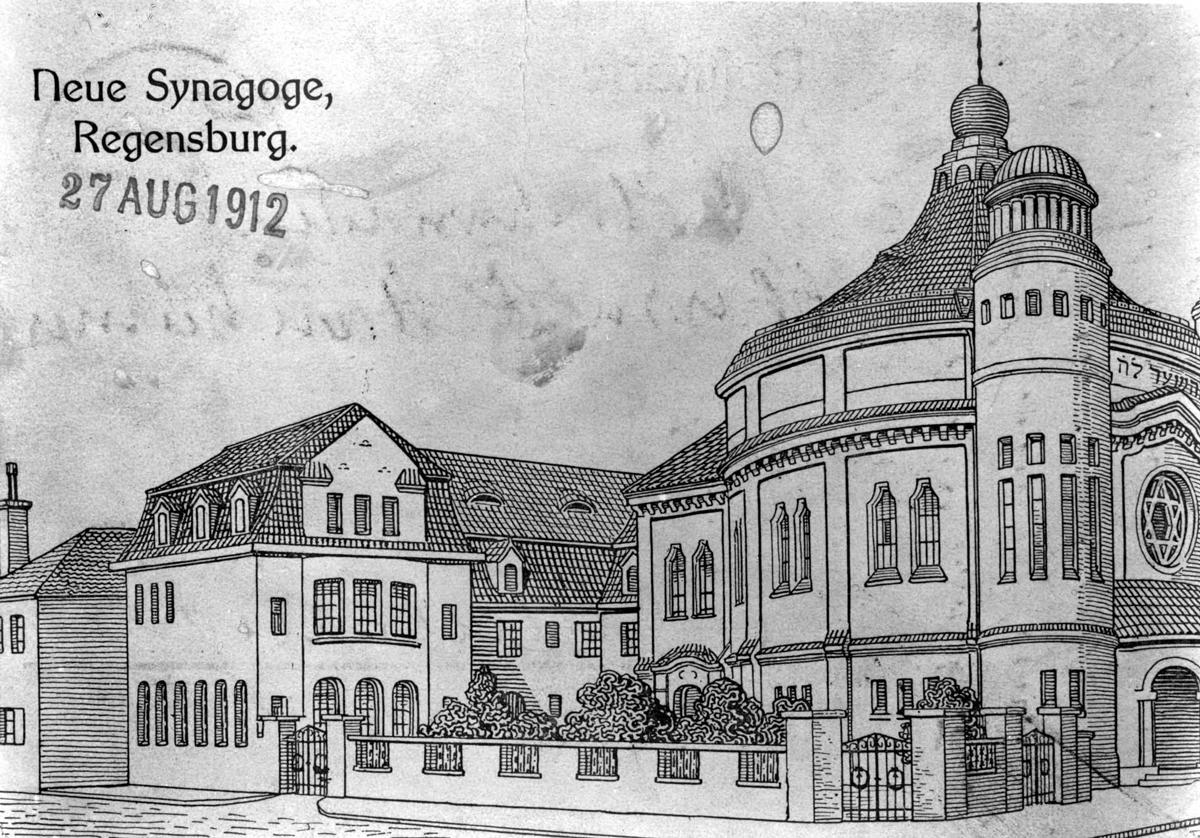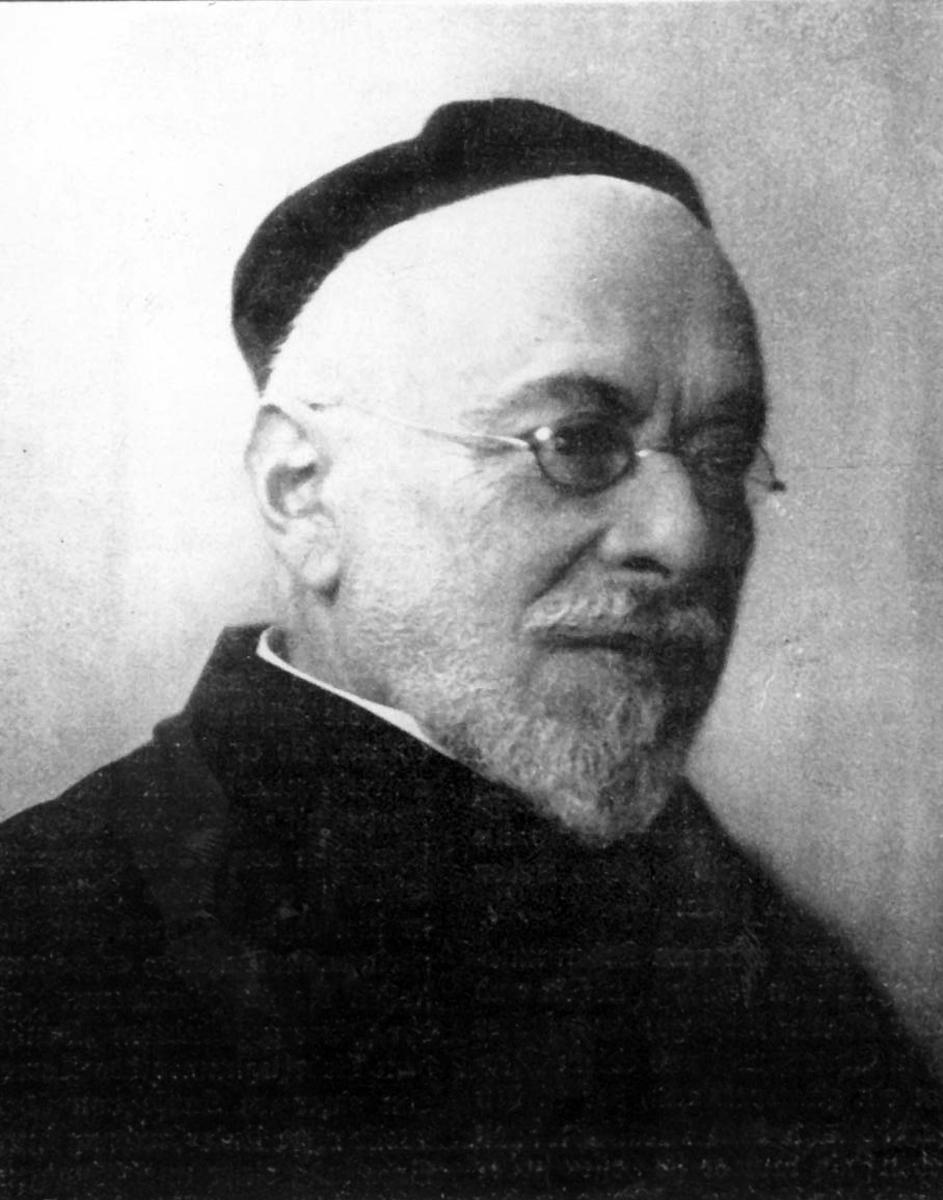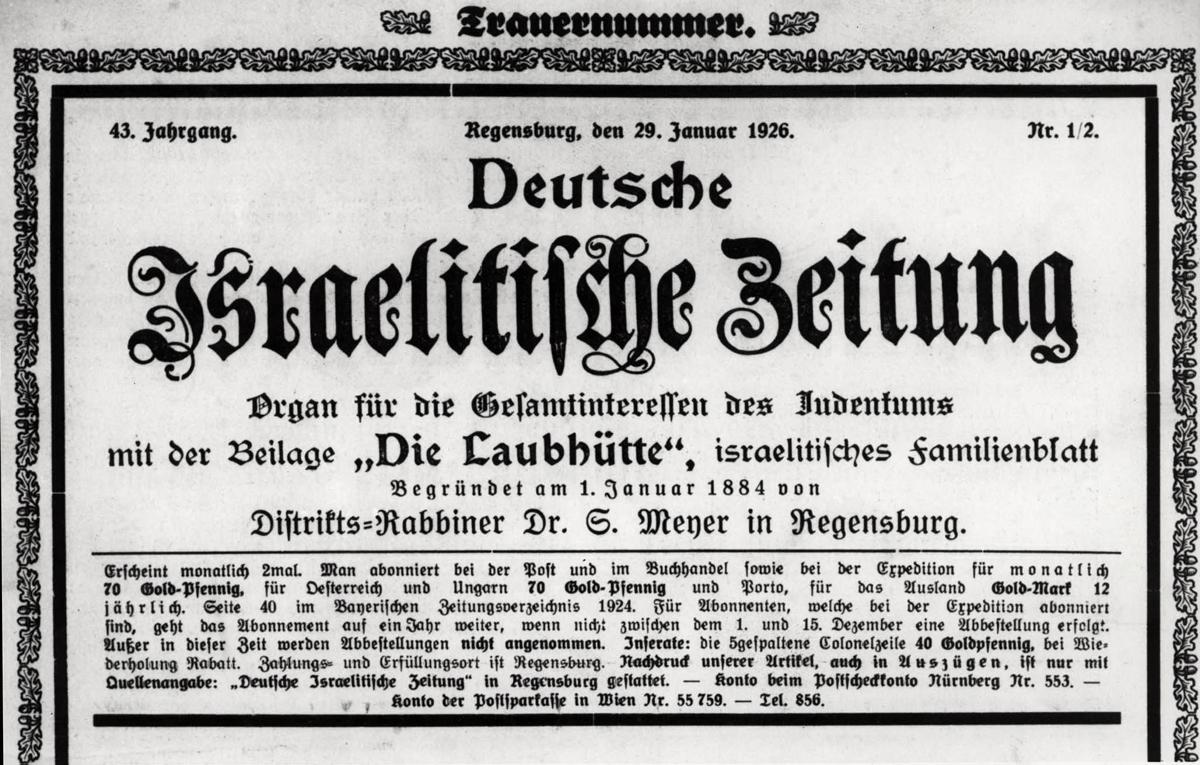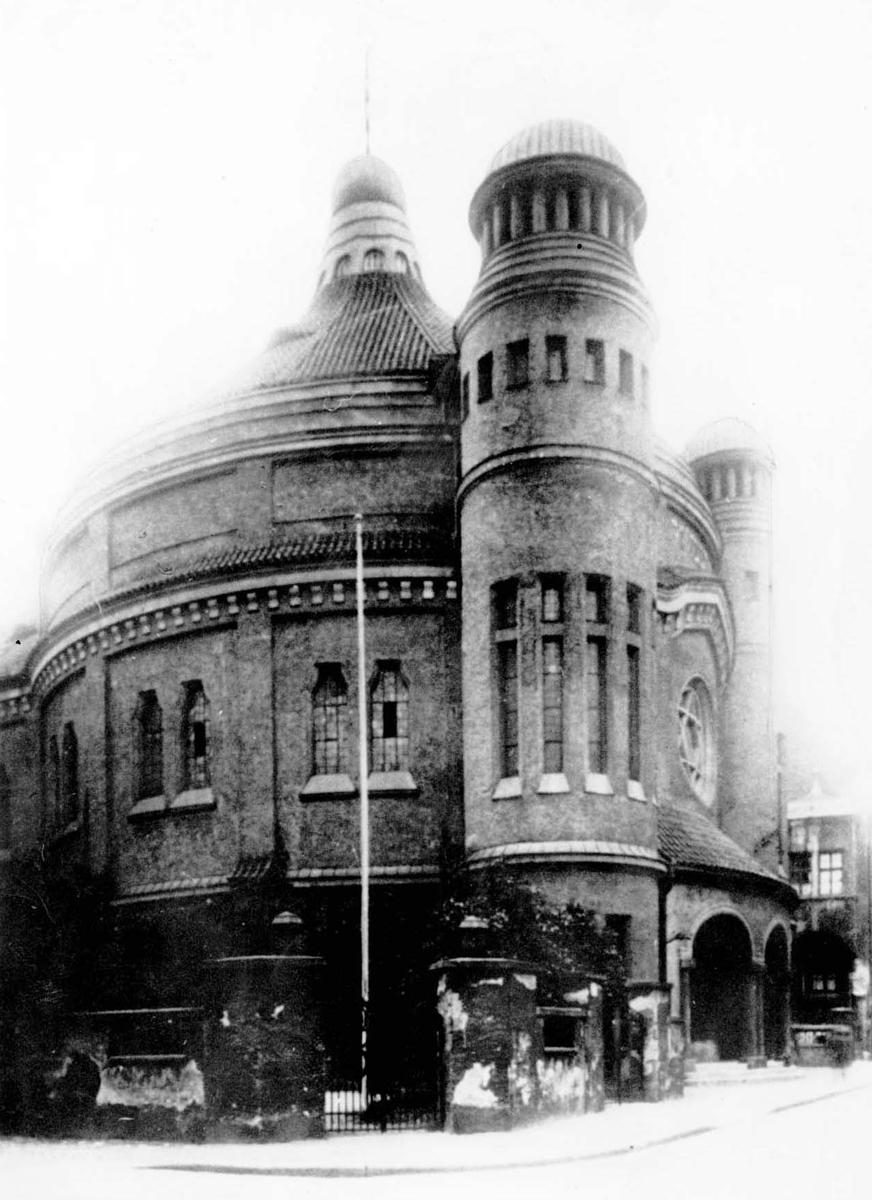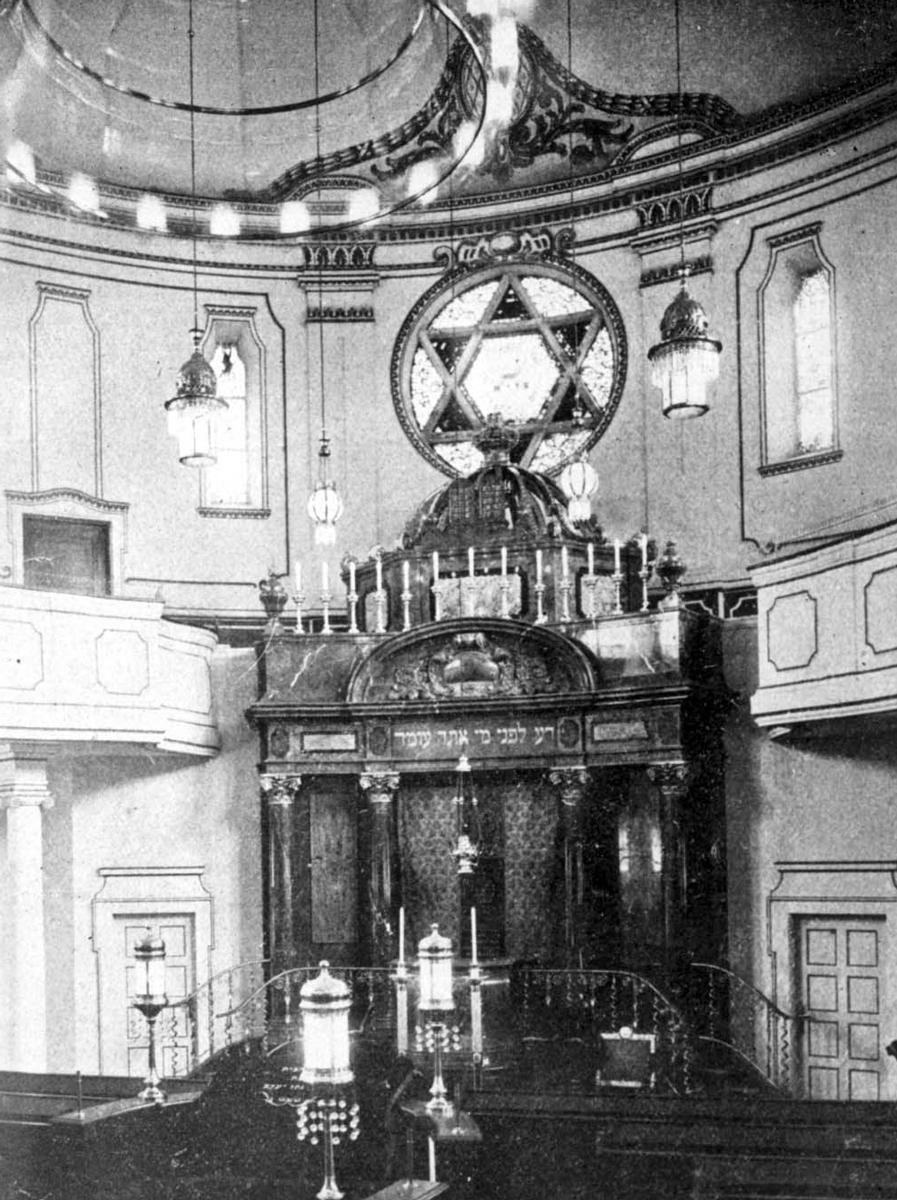A Jewish weekly newspaper, the Deutsche Israelitische Zeitung, went into circulation in 1845 and was eventually printed twice a month. Several years later, two hevrot kaddisha (Jewish burial societies) were instituted in the city, one for both men and women and one for women only.
As a result of the Bavarian Jews’ fight for equal rights, a struggle in which the Regensburg community and its rabbi took part, the ban on further Jewish settlement in the city was lifted. In 1880, 675 Jews lived in the city, some 0.5% of the total population. At that time, approximately 70 children attended the Jewish school, which was located inside the synagogue. The liberal tendency within the community became more dominant, and a new section was added to the community regulations forbidding the recitation of the Kol Nidrei ( traditional annulment of vows on Yom Kippur) prayer, so that the Christians wouldn’t suspect them of disloyalty. The community was nearly torn asunder by this decision, and it was eventually agreed that those wishing to recite Kol Nidrei would gather in a side room of the synagogue before the commencement of communal prayers.
At the turn of the century, Jewish community leaders included traders, lawyers and bankers. One of the community leaders, Yitzhak Meir, wrote a book on the history of the Jews of Regensburg.
At the beginning of the 20th century, the musicologist Avraham Zvi Idelsohn, author of The Thesaurus of Hebrew Oriental Melodies was the community’s cantor. In 1912, a new synagogue was dedicated, which housed the Jewish school, the community offices, living quarters and a mikve. Prior to World War I, a branch of the Zionist Histadrut Hatzionit movement was established in Regensburg. A religious hachsharah (pioneer agricultural training scheme) and a small Torah learning center operated in the nearby agricultural estate of Hermansberg. In 1939, the estate owner, Herman Hirsch Neubauer left, and the hachsharah scheme was disbanded.
Between the two world wars, some 480 Jews lived in Regensburg. In the community leadership elections of 1926, the Orthodox Jews won nine seats and the Liberals, seven. The Ultra-orthodox leader David Rosenblatt and Liberal leader Fritz Ettinger both sat on the community council. In 1932, Ettinger was voted head of the community, and he continued to sign community documents until 1938.
The community of Regensburg was very active in Jewish welfare, culture and education. In 1920, a foundation was established for the construction of a senior citizens’ home. In 1925 Rabbi Seligmann Meyer, the veteran community rabbi, passed away after 43 years of service. His successor, Harry Levy ran a Talmud class and set up a branch of the "Jewish History and Literature Association," which held many lectures and opened a library. During this period, a national conference of the Association of Jewish Women in Bavaria was held in Regensburg, and a Jewish welfare office was established. In 1931, the community instituted a committee for assisting senior citizens, and also imposed an emergency tax to alleviate the community’s financial difficulties.
The Jewish elementary school’s seven classes continued to study until 1933 under the direction of veteran teacher Siegmund Stein, who retired that year after 47 years of teaching. The Deutsche Israelitische Zeitung, the Jewish community’s long-running newspaper, continued to be published.
